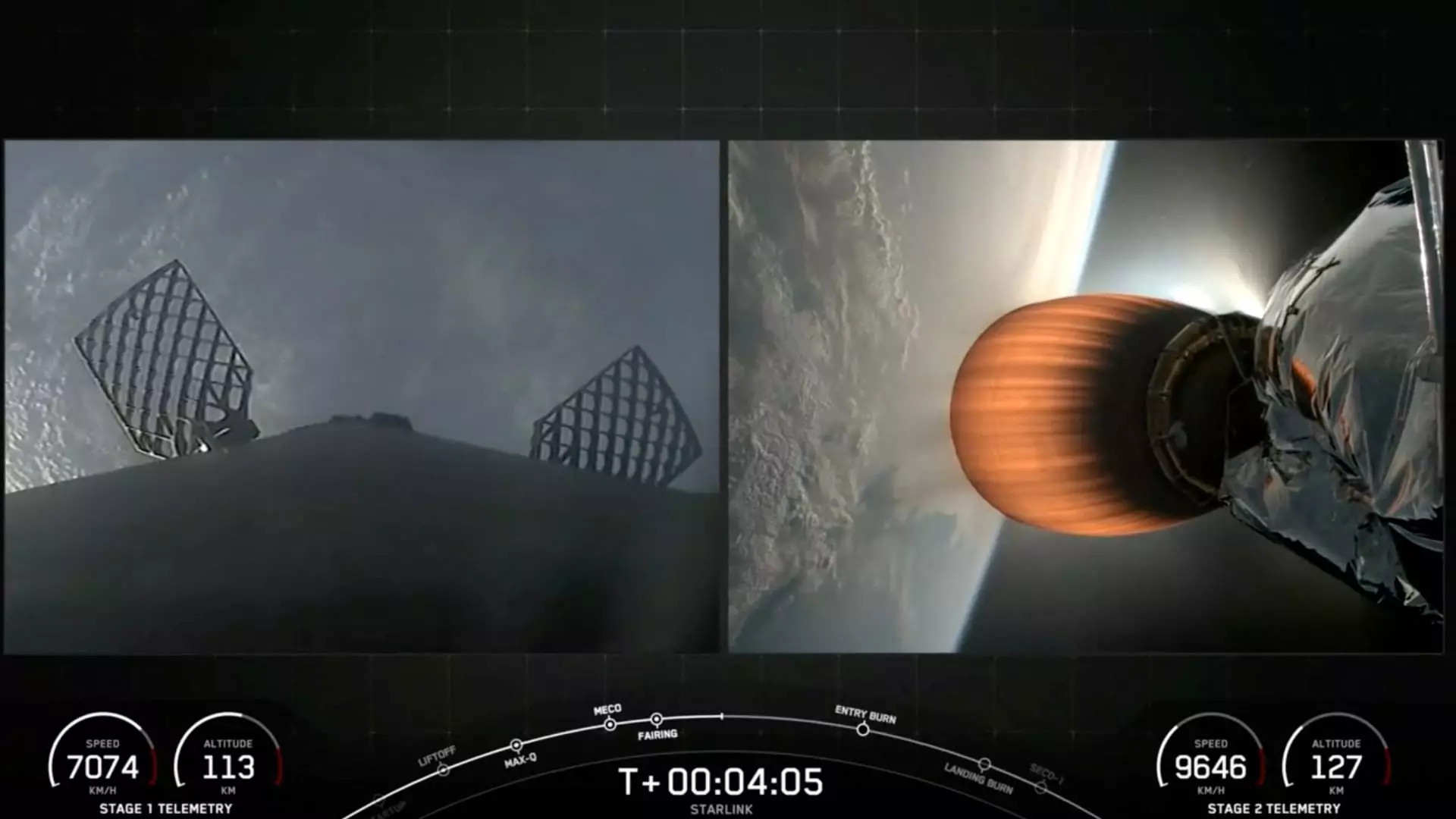SpaceX’s Falcon 9 rocket experienced an inflight failure during the “Starlink Group 9-3” mission, causing the upper second stage engine to fail to reignite as planned. This rare misfire led to the destruction of 20 satellites bound for low Earth orbit. Elon Musk confirmed the failure, attributing it to an engine rapid unscheduled disassembly (RUD) resulting from an unknown issue.
Following the incident, the Falcon 9 rocket has been grounded pending an investigation by SpaceX. The Federal Aviation Administration (FAA) is overseeing the process and must approve SpaceX’s final report before clearing the rocket for future launches. The investigation is expected to impact upcoming missions, including private and crewed launches like Polaris Dawn and NASA’s Crew-9.
Despite the failure of the second stage engine, SpaceX managed to deploy 20 Starlink satellites into orbit. However, the satellites ended up in a lower orbit than intended due to the engine malfunction. SpaceX attempted to salvage some of the satellites by using onboard thrusters to climb higher in orbit. Unfortunately, the high-drag environment in the lower orbit made satellite recovery impossible, leading to their eventual re-entry and disintegration in Earth’s atmosphere.
The incident marked a rare setback for SpaceX’s Falcon 9 rocket, which had previously achieved remarkable success with over 300 consecutive orbital launches without any major failures since 2015. Falcon 9 has been a workhorse vehicle for the company, with a track record of successful landings and booster reuse exceeding 280 times.
The investigation into the Falcon 9 incident is crucial for identifying the root cause of the engine failure and implementing corrective actions to prevent similar mishaps in future missions. SpaceX’s reputation for reliability and innovation will be put to the test as the company works towards restoring confidence in its launch capabilities. The delay in scheduled missions underscores the challenges and risks inherent in space exploration and underscores the need for stringent safety protocols and rigorous testing procedures in the aerospace industry.

